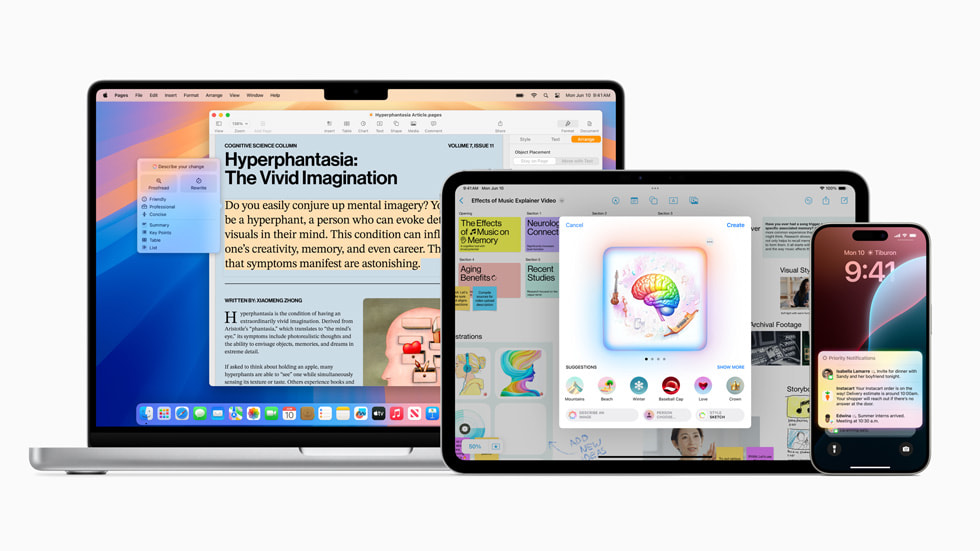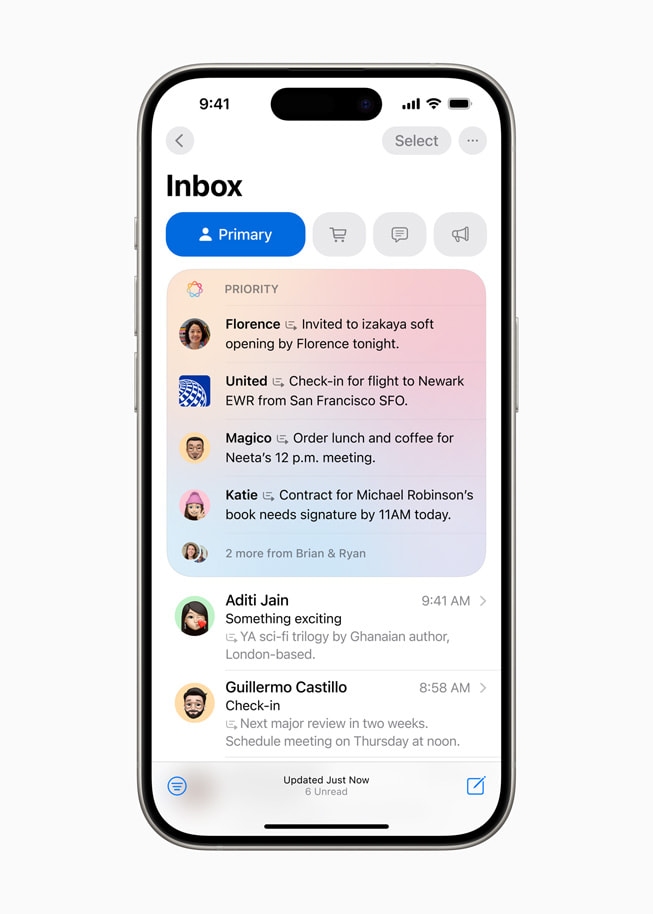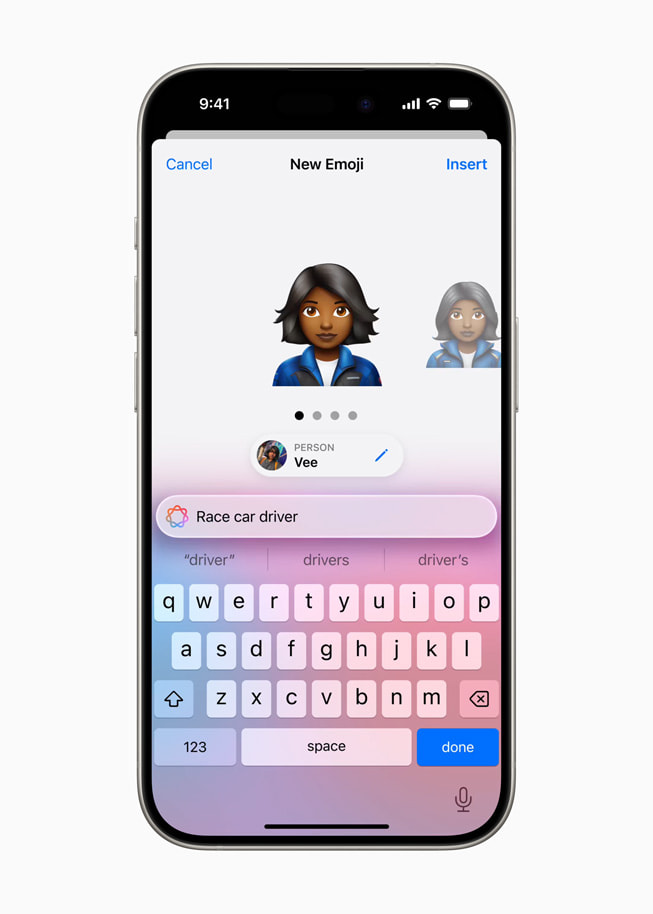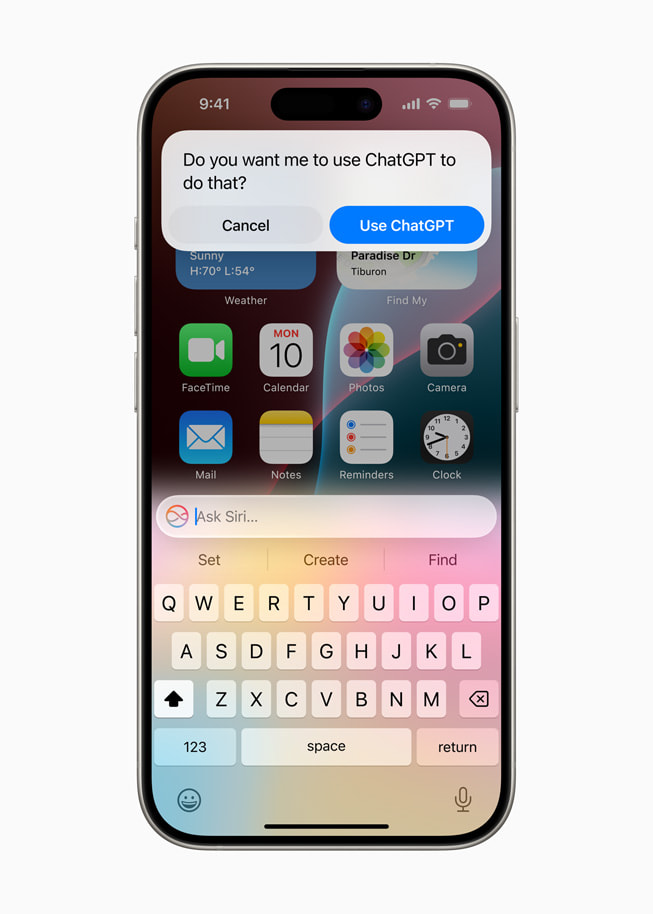
Apple announced Apple Intelligence, their eagerly anticipated ecosystem-wide push into generative AI, on Monday at WWDC 2024. Apple Intelligence (AI) is the name of the new feature. The feature would be designed with safety as the primary priority and offer highly customized experiences, the business pledged.
CEO Tim Cook stated, “It must, above all, comprehend you and be rooted in your context, such as your routine, relationships, communications, and more.” Naturally, privacy needs to be considered from the very beginning. This is all more than just artificial intelligence. It’s Apple’s next major move, and it involves personal intelligence. All of the company’s operating system solutions, including iOS, macOS, and the most recent version of visionOS, have been touted as being completely dependent on this feature.
Cook stated, “It must have sufficient power to assist with the things that are most important to you.” It must be simple to use and intuitive. It must be intricately woven into your experiences with the products. Above all, it must comprehend you and be rooted in your environment, including your routine, relationships, interactions, and more. It must also be designed with privacy in mind from the very beginning. collectively. This is all more than just artificial intelligence. It’s Apple’s next major move, and it involves personal intelligence.
“Apple Intelligence is rooted in your data and context,” SVP Craig Federighi continued. With this functionality, all of the personal information that users provide in programs like Calendar and Maps will be successfully expanded upon. Large language and intelligence models form the foundation of the system. The company claims that a large portion of such processing is carried out locally and makes use of the most recent Apple silicon. “A lot of these models operate solely on device,” Federighi stated at the occasion.
Nevertheless, there are still issues with these consumer systems. As a result, a portion of the labour-intensive work must be completed online and off a device. Apple is expanding its service to include Private Cloud computing. To enhance privacy for this extremely personal information, the back end makes use of services that are powered by Apple processors.

In addition, Apple Intelligence includes what is perhaps the largest update for Siri since its announcement over ten years ago. The function is “more deeply integrated,” according to the company, into its operating systems. For iOS users, this entails switching from the well-known Siri icon to a blue, luminous border that encircles the desktop when in use. Siri is now more than simply a voice assistant. Additionally, Apple is enabling users to query the system directly to access its generative AI-based intelligence. It’s a recognition that voice is frequently not these systems’ ideal interface.
On the other hand, App Intents allows for a more direct integration of the assistant into other programs. First-party apps will be the first to benefit from this, but the company will also grant access to third parties. The range of direct tasks that Siri is capable of will be significantly enhanced by this innovation.

Additionally, the product will greatly expand multitasking capabilities, enabling a form of cross-app interoperability. This implies that users won’t have to constantly go between Mail, Calendar, and Maps, for example, when trying to plan a meeting.
The majority of the company’s apps will incorporate Apple Intelligence. This covers features like replying with Smart Replies or assisting with message composition within Mail (as well as third-party apps). Notably, Google has been developing this functionality for a while now in Gmail and has used its own generative AI model, Gemini, to further enhance it.

The company is even extending the functionality to emojis with a product called Genmoji. The function creates personalized emojis using a text field. Conversely, Messages, Keynote, Pages, and Freeform all come with an in-built image generator called Image Playground. Additionally, Apple is adding a standalone Image Playground app to iOS and making the service available through an API.
Conversely, the Apple Pencil now has a new function called Image Wand that allows users to create images by circling text. It’s essentially Apple’s version of Google’s Circle to Search, with an image-only focus.
Additionally, a search has been developed for media files such as images and videos. Within these applications, the company promises more natural language searches. The GenAI models facilitate the creation of slideshows within Photos by use of natural language prompts. The most recent iterations of Apple’s operating systems, such as iOS and iPadOS 18, macOS Sequoia, and visionOS 2, will get Apple Intelligence. With those upgrades, it is freely accessible.

Apple also revealed, as was to be expected, a collaboration with OpenAI that integrates ChatGPT with services like Siri. The GPT 4.0 feature makes use of the text and image production capabilities of that business. Users will be able to access the service without having to pay a charge or create an account (although they will still have the option to upgrade to premium).
Later this year, it will be available for iOS, iPadOS, and macOS. Although it didn’t provide much information, the company stated that it will also be introducing integration to other third-party LLMs. Google’s Gemini most likely ranks close to the top of that list.
Discover more from TechBooky
Subscribe to get the latest posts sent to your email.







